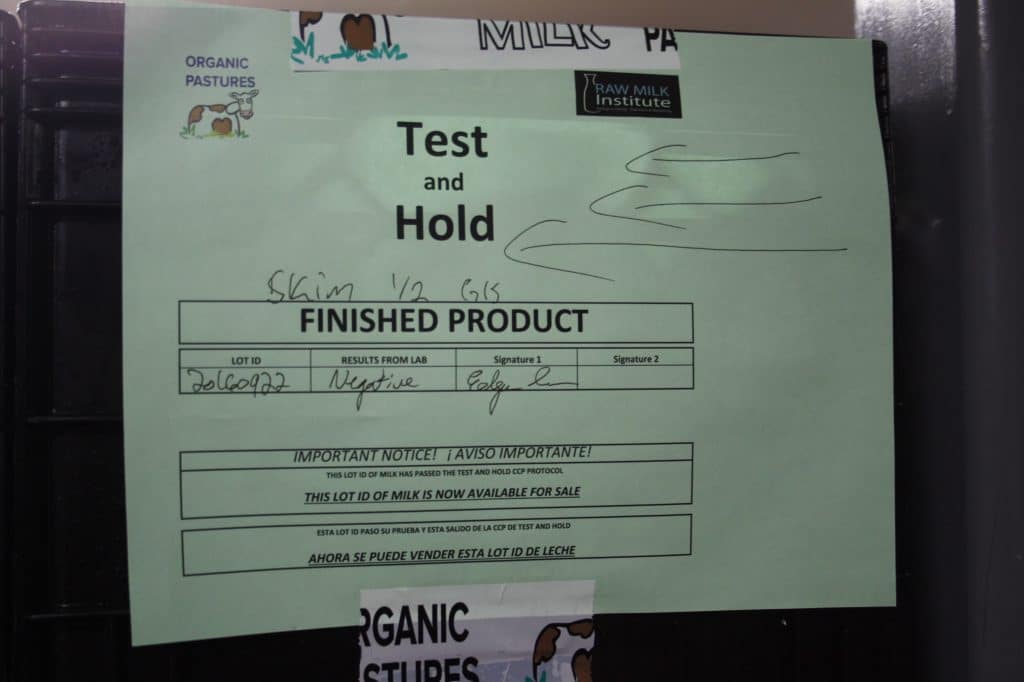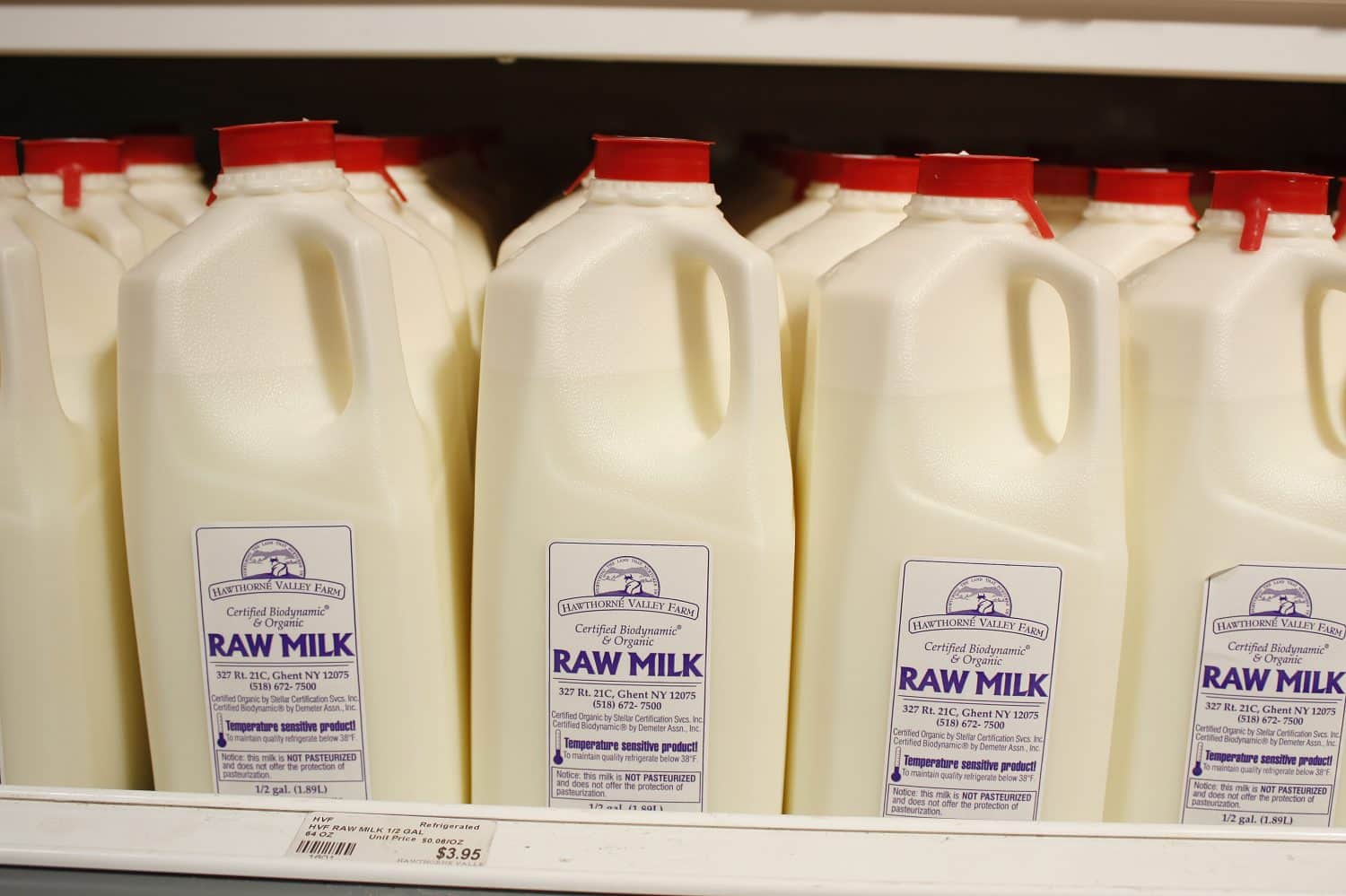Take home message
- An explosion of bacteria or viruses is due to their exponential growth. Since the start-up phase is poorly perceived or underestimated by people, actions often lag behind the bacterial growth risks , and may result in consumers becoming ill.
- Early warning systems (keeping the finger on the pulse) can help prevent zoonotic bacteria from developing in raw milk.
- Keep it cool; store raw milk at 2-4 oC
Bacterial growth
People tend to think linearly, while many growth processes are exponential. This has posed major problems when we deal with COVID-19, climate change, world population, but also bacteria in raw milk.
Linear growth means that there is a constant increase in time, each time unit the same numbers are added. Mathematically, this is expressed with Y = a. X., where X is the number of hours and a is the growth per hour. The growth rate “a” can be greater or less than 1, making the growth rate faster or smaller. Suppose a product start with 1 bacterium and 4 more are added per hour, then the formula is Y = 4 X + 1. So after 1 hour I have 5 bacteria, after 2 hours 9 and after 10 hours 41 pieces. Linear therefore means growth in a straight line.
Exponential growth is a very different story, in which every bacterium multiply and the bacterial population doubles at every point in time. Mathematically this is expressed with Y = e . X where X denote the time interval. Suppose a product with 1 bacterium, which multiplies within 1 hour, thus after 2 hours there are 4 bacteria, after 3 hours 8 bacteria and after 10 hours a number with 77 zeros. Mathematicians use a logarithmic function to describe this process, and speak of bacterial numbers in log10 notation. This outcome indicates the number of zeros. The log10 result of this 10-fold multiplication is therefore 77.1. On YouTube you will find a video of Prof Bartlett (1923-2013), at Harvard University. He explores the meaning of the expression “it is five to twelve”, when you are dealing with exponential growth? How do you deal with finiteness, if there is an exponential growth process instead of a linear one? If a problem becomes visible (the milk already smells a little sour; the Covid patients flow into the hospitals), you are often too late to intervene meaningfully or without major (social and economic) damage. Most politicians and citizens have no idea about exponential growth. Our brain thinks linearly, not exponentially. Our reactions come too late, because we assume, we still have time to intervene, but this is not the case when it is exponentially “five to twelve”. Looking at the COVID epidemic, many European countries have reacted too late or incorrectly when situation in Bergamo became clear. The US entered denial, when most of the EU countries were already overwhelmed with Covid-patients. Many countries did not want to realize what exponential growth was and what the connection was with environmental factors.
Prevent or curb?
When it comes to curbing outbreaks in raw milk, as a dairy farmer you have to follow a strict regime. Dairy farmers need to be on top of things and nip problems in the bud and ensure that through knowledge and expertise, through hygiene and control, unwanted bacteria are not given the opportunity to “gradually” multiply. Since the doubling of bacteria is temperature dependent, the top priority is to cool the raw milk quickly and keep it cool (2-4 oC). Early identification of micro-organisms and numerical aids are available to guide a farmer to deliver hygienically safe milk day-in, day-out.
A few examples: (1) on a large farm several hundred cows are milked for the sale of raw milk. Each bulk tank of milk is sampled to determine E.coli. Here, therefore, a signal is issued about the bacterial pressure several times a day; (2) on a dairy farm north of New York, the farmer uses a “test-and-hold” system, in which the E.coli numbers are measured within 24 hours using rapid tests. If the result is sufficiently low, the milk is given a sell-by date of 9-10 days and leaves the company; (3) the German Vorzugsmilch system has a monthly sampling, which extensively tests for hygiene, udder health and zoonoses. The standard for numbers of bacteria is low. If these numbers are sufficient and the producers is observant about changes over time, then there is a fairly high degree of certainty that the raw milk is hygienic with no unwanted bacterial growth.





